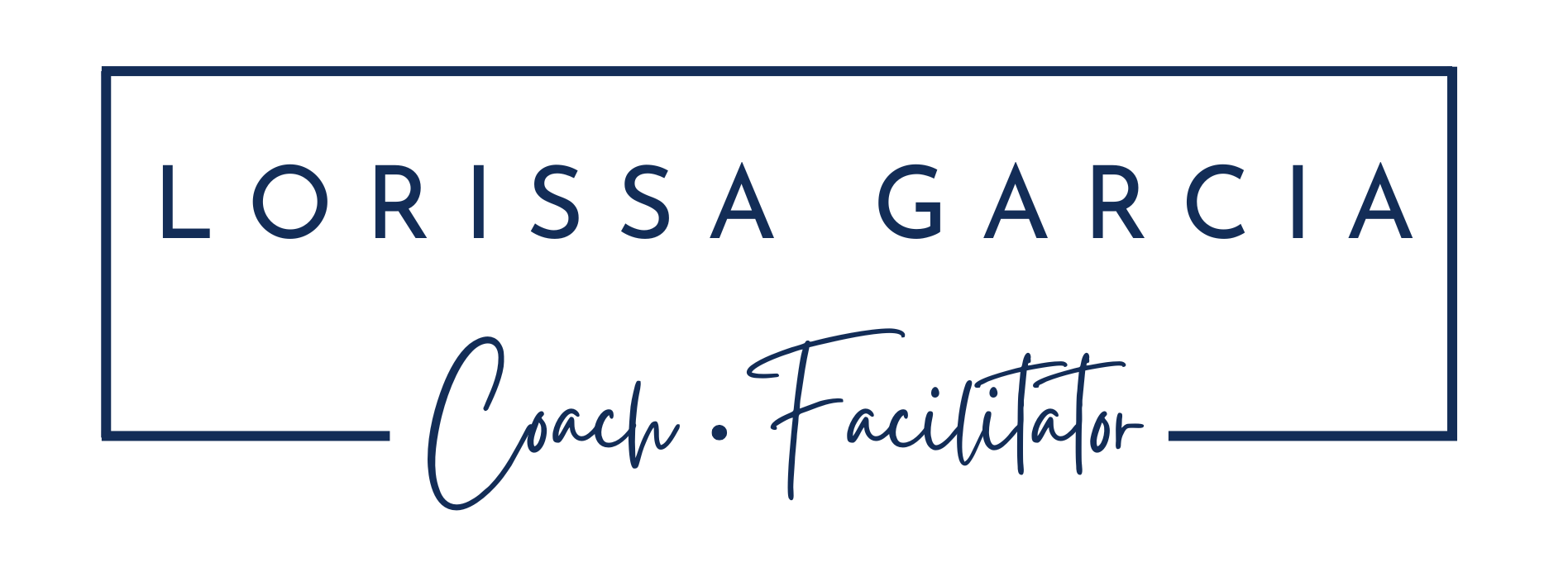As I sat in slight discomfort in my dentists’ chair last month, I felt mildly judged for not doing all that I could be for my oral health. My dentist, who I’ve been seeing for a good 15 years – although apparently not often enough, is a kind and chatty fellow. The kind who can hold a conversation with you, even though you can only say mhhuh, hmm and huhnh in a questioning tone, all the while he has a set of metal tools in your mouth.
He communicates with his offsider, a dental nurse, with ease and pace. He tell’s her what he’s going to do next, all the while peering into your mouth with confidence and clear competence. What came next though had me at dis-ease. Pain free, but uncertain dis-ease.
He spoke in code – a foreign language that meant nothing at all to me. When we can’t make sense of something, we start to make thing’s up, and my translation was that I hadn’t been using a toothpaste that had enough fluoride, hadn’t flossed regularly enough, or brushed with the appropriate amount of force. I filled the gaps in information to assure myself. I attempted to create my own certainty.
As I thought about this common practice among dentists, I wondered as HR practitioners, are we doing the same as my dentist pal? Are we using a language that others don’t understand? Speaking in code that isolates and puts people at arm’s length? Are we causing people to make up their own stories – to try and create their own certainty?
When we over use the language of HR with non HR people, we immediately set the tone for a mismatch. We segregate and cause more reason for people to distance themselves from the HR function. The reputation of HR being compliance and process driven is amplified and we continue to operate in a way that our reputation so often is portrayed.
What we need to be better at is speaking the language of the business and the people in it-becoming multi-lingual. We need to be able to translate HR speak to something that suits the context, and translate the commercial goals to people initiatives that resonate with the very people they are designed for. Context is King and Queen here – where we can really add value as a practitioner and partner is being able to translate data to wisdom for the people within the organisation, functional teams, as well as up AND down to sub-cultures in a meaningful and clear way. To do this, we should understand the organisational goals, the landscape we are operating in, the business model and the unique culture within the business.
What does that look like you might ask? Well, it’s being able to answer the following questions about your business, and then the people impacts:
- What is our purpose as a business? Why do we exist, and what problem do we solve? How do we as HR ensure this is clear to our People?
- How do we make money as a business – or save money? What is our revenue model? How do we price our products or services? What are our People costs that impact our revenue? Where can we look to be more cost efficient in our People decisions?
- Who are our key partners – suppliers, delivery partners, other stakeholders such as board or advisors? How do we ensure our People know the importance of these relationships?
- Who are our customers? How do we find them? How do we ensure we are offering continued value? Where are our competitors finding customers?
- What are the priorities of our business? What activities do we undertake to ensure our business is operational? How do these activities drive the activities of the People team? How do these priorities inform the structure?
- What are the key roles we need to make our business sustainable? How do we succession plan? Where do we find talent? How are our competitors finding – and keeping talent?
- What is the infrastructure of our business – systems, processes, compliance, policies – that influences or could even impact the way our business operates?
These are just a few of the questions I ask when looking at how HR can work as more of a partner in the business. Once there is a basic understanding of these and an ability to talk about these from a people AND business perspective, People Partners can start to think more strategically, make decisions that are more aligned with the organisations goals and communicate in a way that resonates with the people within the business.
When we learn to be multi-lingual, we give ourselves opportunities to build stronger, trusting relationships, work collaboratively, build credibility in our role as a translator and connector, and have greater influence on business outcomes. And doing that gives a level of certainty that even my dentist can’t give.




